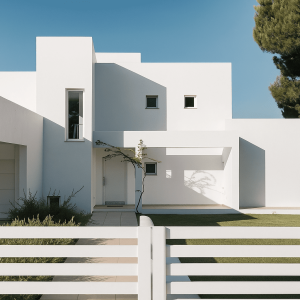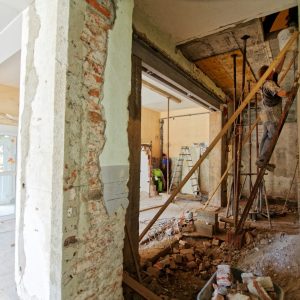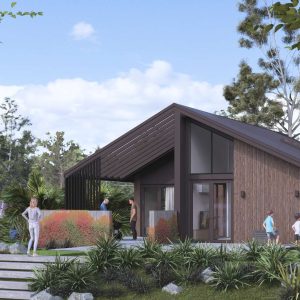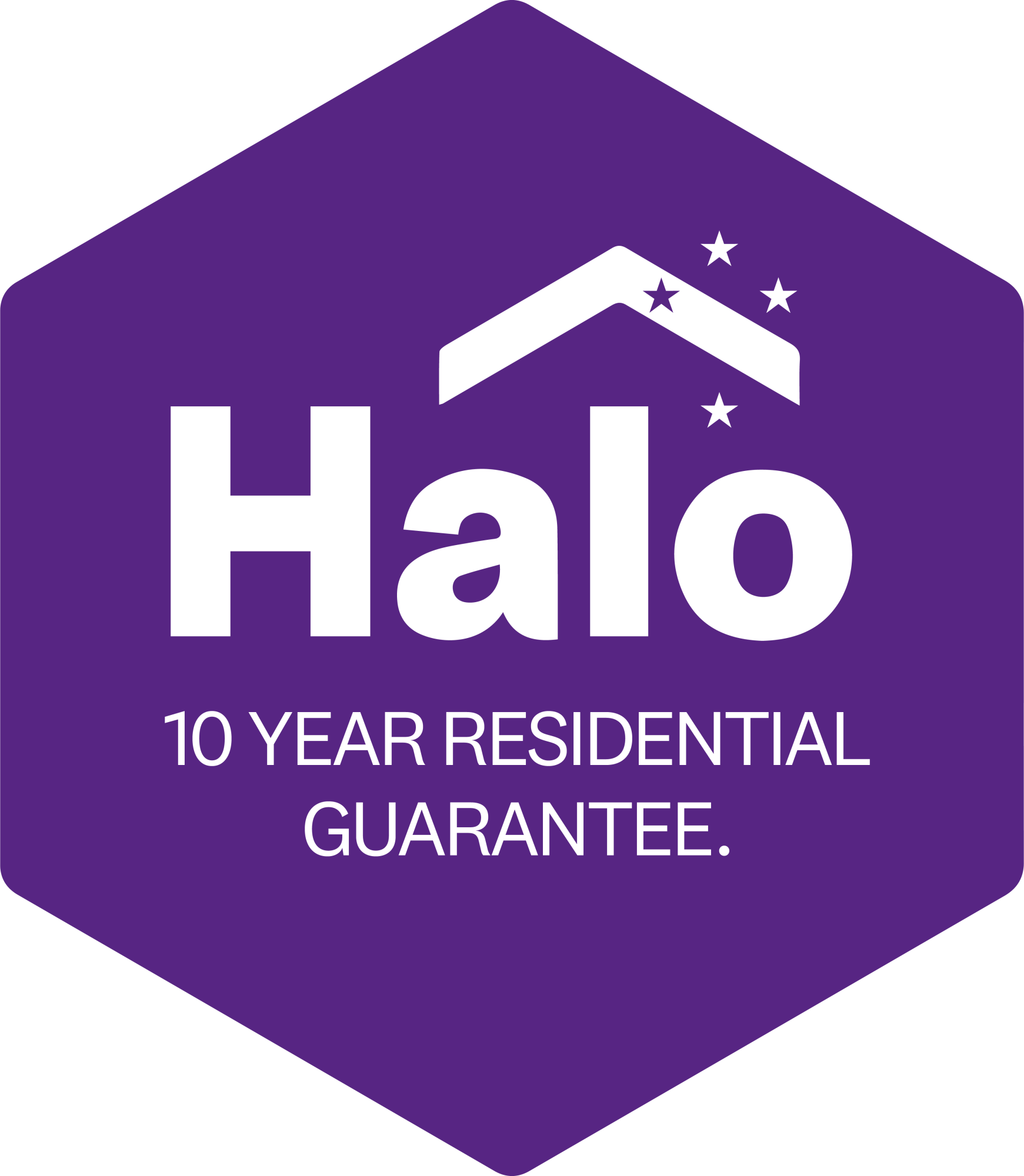Building a healthier home for your family, with a focus on health and sustainability, doesn’t have to mean stretching your budget to its absolute limits. Many aspects of a healthy home can be achieved through thoughtful design and smart choices, which don’t necessarily come with a hefty price tag. Here are some alternative ways to create a healthier home without breaking the bank.
Before you start the design process, spend time learning about sustainable building practices and healthy home design principles. By understanding the options available and the potential benefits, you can make informed decisions which will align with both your budget and priorities.
Utilise community resources and programmes which promote sustainability and health. Local environmental organisations, government initiatives, and community workshops may offer free or low-cost advice, materials, and support for building a healthier home. Many local councils now have building waste officers who can offer advice on how to build more sustainably or put you in touch with local experts who can help.
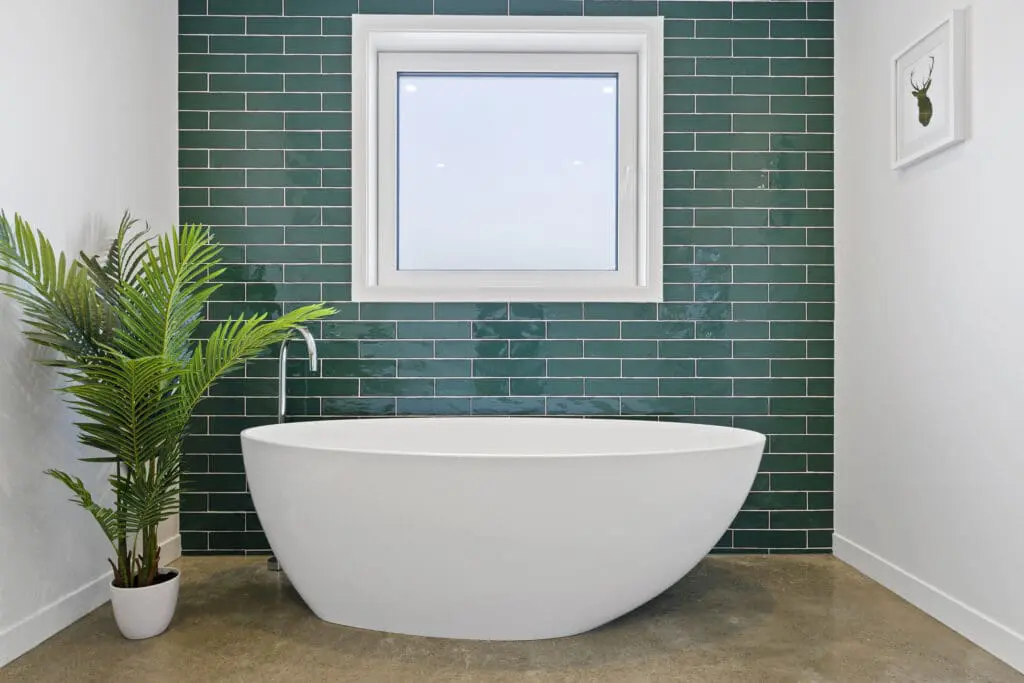
When it comes time to design and spec your build, focus on the key aspects of a healthy home which matter most to you. Whether it’s improving indoor air quality, maximising natural light, or reducing energy consumption, prioritise where you allocate your resources to achieve the biggest impact within your budget.
We recommend you adopt a long-term approach – while certain features or upgrades may not be feasible within your current budget, you can plan these into any future improvements and gradually implement them as your finances allow. Choosing low-VOC (Volatile Organic Compounds) paints, formaldehyde-free insulation, and sustainable materials can create a healthier indoor environment without significant cost increases. Talk to your architect or builder about which sustainable materials will best suit your needs. Advances in building materials are happening at a rapid pace, so research is key.
Incorporating passive design strategies, such as proper orientation, shading, and thermal mass, can reduce the need for mechanical heating and cooling systems, saving on energy costs. A home with energy-efficient features (such as proper insulation, high-performance windows, and energy-efficient appliances) may have slightly higher upfront costs but can significantly reduce your energy bills over time.

Design your home with flexibility in mind. Opt for multipurpose spaces which can adapt to your changing needs over time, reducing the need for costly renovations or additions down the line. Spaces which encourage physical activity, social interaction, and mental well-being, such as open floor plans, outdoor living areas, and green spaces, can all contribute to a healthier lifestyle without significant additional costs.
You could also incorporate smart technology solutions which can enhance your home’s health and efficiency without a significant upfront investment. Smart thermostats, LED lighting, and water-saving devices are examples of relatively affordable upgrades which can yield long-term savings. Installing water-efficient fixtures and systems, such as low-flow toilets and taps, can lower water bills while conserving this precious, collective resource.
Incorporate natural elements into your home design wherever possible. Indoor plants, natural fibres, and eco-friendly materials can improve indoor air quality and create a calming, harmonious environment without a significant financial investment.
If you adopt a strategic and creative approach to building a healthier home, you can achieve your goals without overspending. Prioritise sustainable features and make informed choices during the design and construction process and you can create healthier living spaces without breaking the bank. Moreover, the long-term benefits in terms of improved health, comfort, and sustainability often outweigh any initial investment.
You can find a New Zealand Certified Builders professional for your next building project with the Find A Builder search function on www.nzcb.nz.

